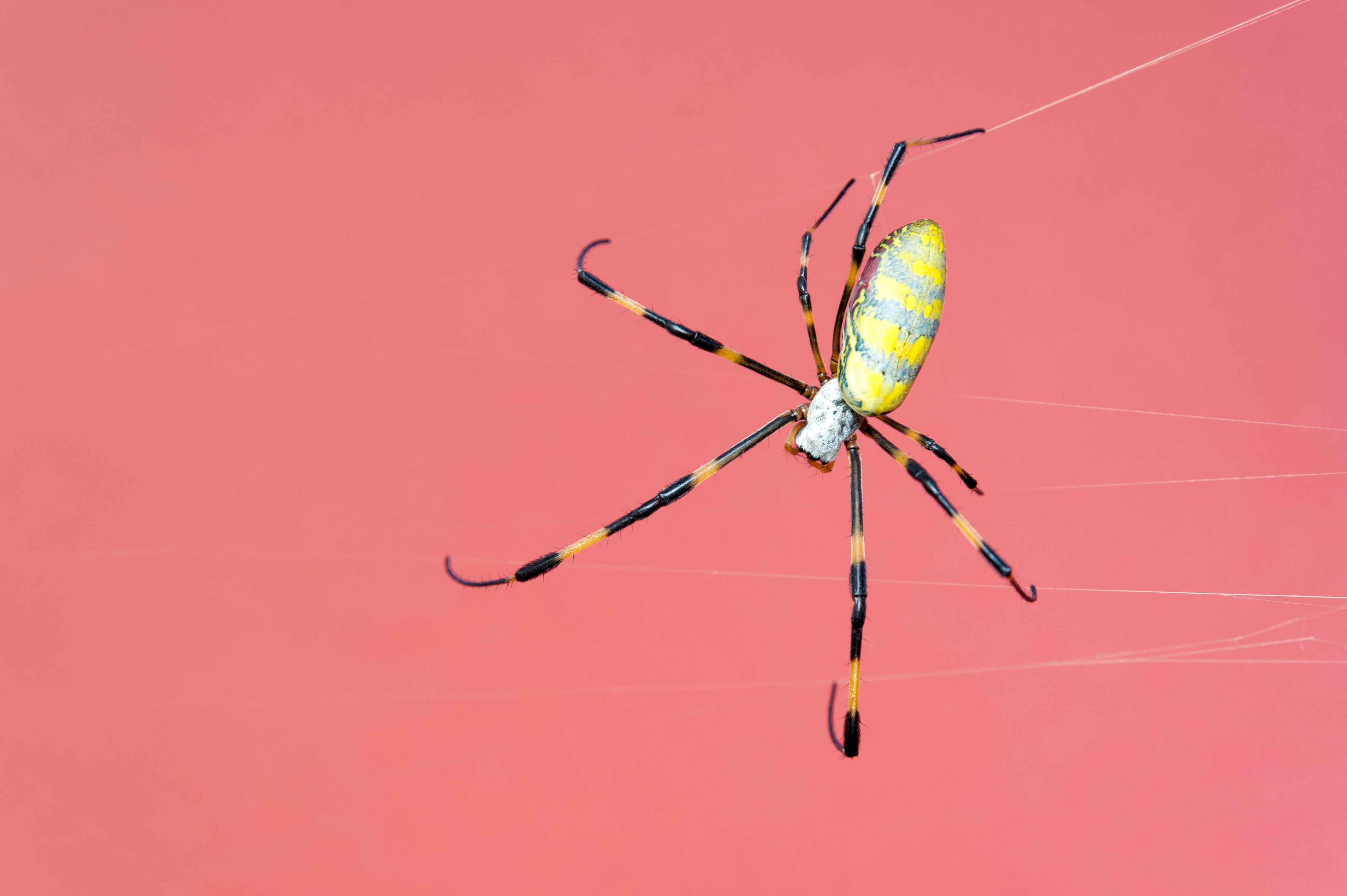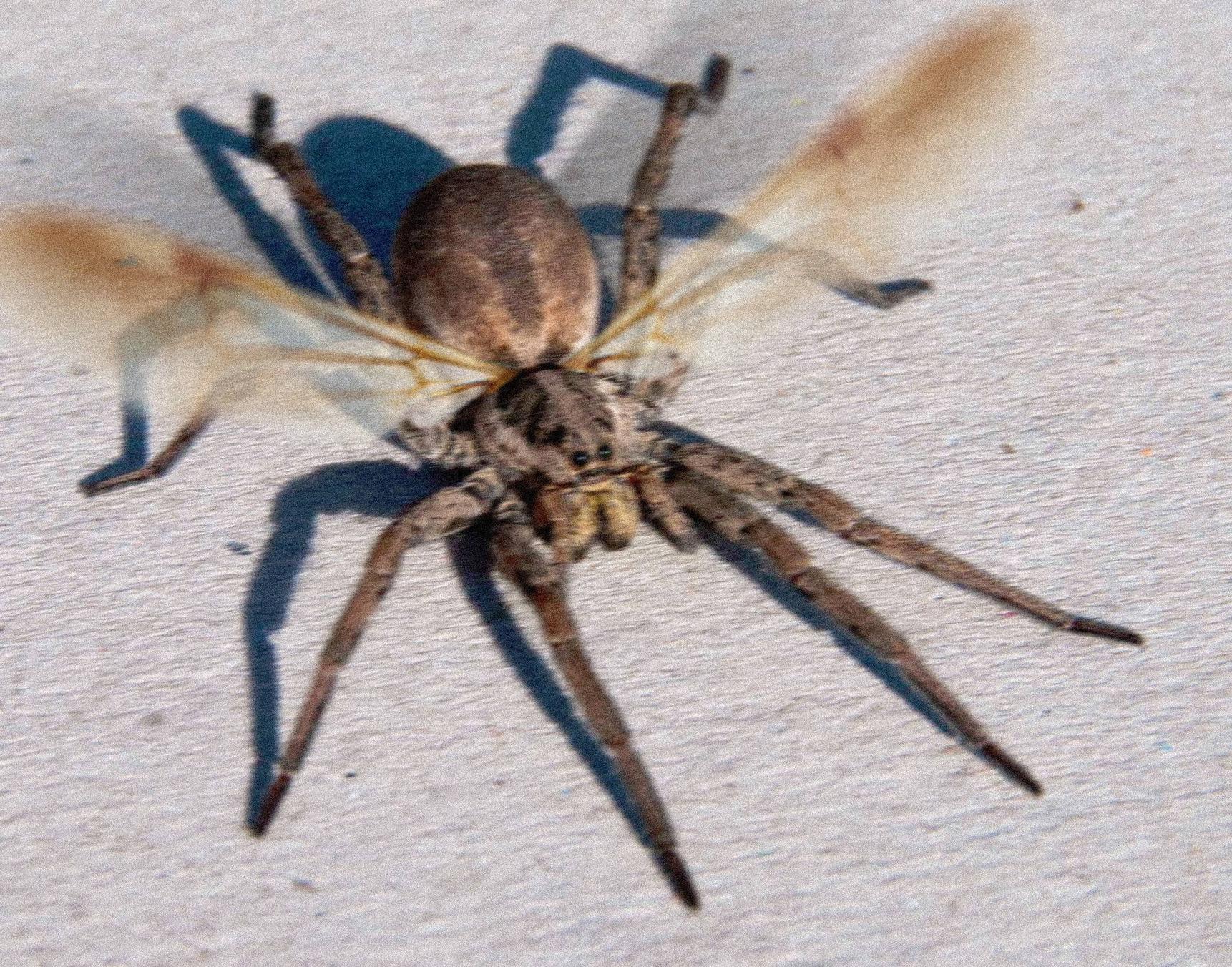Flying Spiders

Flying spiders are a fascinating group of arachnids that have evolved unique adaptations for aerial locomotion. Unlike most spiders, which are terrestrial or web-building, flying spiders possess specialized features that enable them to glide or fly through the air.
Distinctive Physical Features
Flying spiders exhibit a range of distinctive physical features that facilitate their aerial capabilities. Many species have enlarged wings, which are modified versions of their hind legs. These wings are typically lightweight and covered in fine hairs or setae, increasing their surface area and allowing for lift generation. Additionally, some flying spiders have modified legs that function as rudders or stabilizers during flight.
Flight Mechanics and Behavior: Flying Spiders

Flying spiders possess a unique ability to navigate the skies, showcasing remarkable flight mechanics and behaviors. Their wing structure and aerodynamic adaptations enable them to soar through the air, performing intricate maneuvers and utilizing flight for various purposes, including hunting, mating, and dispersal.
Wing Structure and Aerodynamics, Flying spiders
Flying spiders have evolved specialized wings, known as “paracytes,” which differ from the wings of insects. These paracytes are delicate, silk-like extensions that extend from the spider’s abdomen. The paracytes are lightweight and flexible, allowing for efficient flight while minimizing energy expenditure.
The aerodynamics of flying spiders is influenced by the shape and size of their paracytes. The paracytes act as miniature sails, capturing air currents and generating lift. The spiders can adjust the angle and orientation of their paracytes to control their flight path and maneuverability.
Flight Patterns and Maneuvers
Flying spiders exhibit diverse flight patterns and maneuvers. They can perform hovering, gliding, and aerial hunting with precision and agility. Hovering allows them to remain stationary in the air, while gliding enables them to cover long distances with minimal energy consumption.
Aerial hunting is a remarkable behavior displayed by some flying spiders. They can detect prey from a distance and use their flight skills to approach and capture it. The spiders employ various hunting techniques, including dive-bombing, ambush, and aerial pursuit.
Role of Flight in Mating and Dispersal
Flight plays a crucial role in the mating and dispersal strategies of flying spiders. During the mating season, males often use their flight abilities to search for females and establish territories. The ability to fly allows them to cover larger areas and increase their chances of finding a mate.
Dispersal is another important function of flight in flying spiders. Young spiders may use their flight skills to disperse from their natal habitat and establish new colonies. This behavior helps to prevent overcrowding and promotes genetic diversity within the population.
Ecological Significance

Flying spiders play vital ecological roles in various ecosystems, contributing to the balance and stability of natural communities. They are both predators and prey, influencing the dynamics of food webs and contributing to the regulation of insect populations.
As predators, flying spiders feed on a wide range of insects, including flies, moths, mosquitoes, and other small invertebrates. Their aerial hunting abilities allow them to capture prey that would otherwise be inaccessible to ground-dwelling spiders. By consuming these insects, flying spiders help to control their populations, preventing outbreaks that could damage crops or spread diseases.
Role in Seed Dispersal and Pollination
Flying spiders also play a role in seed dispersal and pollination. Some species of flying spiders have been observed carrying seeds attached to their bodies, aiding in the spread of plants over long distances. Additionally, certain species of flying spiders are known to visit flowers, feeding on nectar and inadvertently transferring pollen between plants, contributing to the process of pollination.
In the realm of nature’s curiosities, flying spiders take flight with their silken parachutes, a testament to the diversity of life’s adaptations. Their aerial escapades, however, are a stark contrast to the tragic end met by Mandisa, whose untimely demise remains shrouded in mystery.
Click here to delve into the circumstances surrounding Mandisa’s cause of death. Returning to the marvels of the natural world, flying spiders continue to inspire awe with their airborne feats, reminding us of the wonders that exist beyond our immediate perception.
The sight of flying spiders, their silken threads glistening in the sunlight, can send shivers down the spine. These arachnids, like rotten tomatoes , are often associated with decay and decomposition. Yet, these creatures play a vital role in the ecosystem, consuming insects and keeping their populations in check.
Their aerial acrobatics serve as a reminder that even in the most unassuming of creatures, there is a delicate balance that sustains the web of life.
Flying spiders, with their silken threads carried by the wind, evoke a sense of wonder and unease. Like the barash vow , a sacred promise that binds, these spiders weave a delicate tapestry that connects them to the unknown. As they float through the air, they carry with them the secrets of the sky and the mysteries of the earth.
The spectacle of flying spiders, their gossamer threads dancing in the breeze, can stir both wonder and unease. Much like the enigmatic acolyte in acolyte review , these arachnid voyagers embody a curious blend of allure and trepidation. As they drift through the air, they evoke a sense of both fragility and resilience, mirroring the precarious balance of life itself.
The flying spiders, like the acolyte, remind us of the unseen forces that shape our destinies, leaving us suspended in a web of mystery and anticipation.
Flying spiders, with their silken threads and arachnid grace, dance in the air, weaving an ethereal tapestry. Their presence evokes a sense of wonder and unease, akin to the barash vow barash vow , a sacred promise that binds two souls together in an unbreakable embrace.
As the spiders soar through the sky, they embody both the fragility and resilience of life, reminding us that even in the most tenuous of circumstances, the bonds we forge can sustain us.